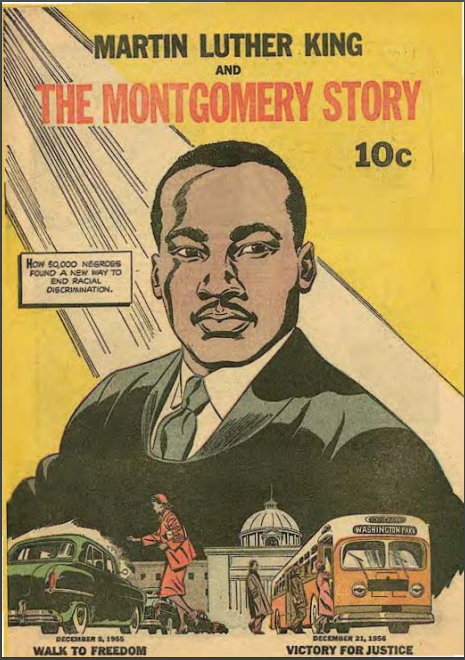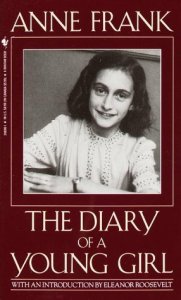Style is that “identifiable quality that varies from author to author.” That seems a simple idea.
The wording in the Common Core Anchor Standard for style seems simple:
CCSS.ELA-LITERACY.CCRA.R.6
Assess how point of view or purpose shapes the content and style of a text.
Teaching style, however, is not simple. Our high school students who spend hours creating their own style-selecting music stylings, stylizing phone cases, following YouTube fashion stylists-go blank when asked to assess or identify the style of a text.
One stumbling block could be in the selections of texts for examples. Style is often subtle or nuanced, which means that if style is described as the voice of the author, then some authors speak in whispers.
Until September 2016.
That’s when Bruce Springsteen used his authorial voice to tell his life story in his autobiography Born to Run.
His voice is not a whisper…His voice is LOUD!
His…voice…stutters…with…ellipses.
His voice is hyphen-heavy, word-binding; it is a tete-a-tete with the reader.
His voice lists, lists, lists, all of the emotions, locations, events, memories, friends, and objects he has collected over his career.
And he is direct; he knows why he wanted to be a songwriter:
“I wanted to be a voice that reflected experience and the world I lived in. So I knew in 1972 that to do this I would need to write very well and more individually than I had ever written before.”
While some of his language choices in the autobiography may limit a few examples for classroom use, most selections of this text could be used for analysis. There is also the opportunity to compare and contrast the autobiography with song lyrics. In both genres, Springsteen offers examples for practice to identify and to assess style through his word choice, his tone, and his syntax:
- word choice: “It’s a death trap, it’s a suicide rap.” (Born to Run lyrics)
- tone (sad): “No wedding day smiles no walk down the aisle/No flowers no wedding dress.” (The River lyrics)
- syntax: “Then . . . if you want to take it all the way out to the end of the night, a furious fire in the hole that just . . . don’t . . . quit . . . burning.” (Born to Run-Autobiography)
The evidence for an identifiable Springsteen style begins on page one of Born to Run, where the prose in the story of his life is mirrored in his earlier song lyrics:
“I am alienating, alienated and socially homeless . . . I am seven years old” (1).
That line sounds suspiciously like the list in his song lyrics:
“I’m comin’ to liberate you, confiscate you, I want to be your man” (Rosalita).
Conclusion: Springsteen’s lyrics and prose are filled with lists.
“Here we live in the shadow of the steeple, where the holy rubber meets the road, all crookedly blessed in God’s mercy, in the heart-stopping, pants-dropping, race-riot-creating, oddball-hating, soul-shaking, love-and-fear-making, heartbreaking town of Freehold, New Jersey. Let the service begin”(7).
“Sprung from cages on Highway 9,
Chrome-wheeled, fuel-injected
And steppin’ out over the line.”
“Somewhere in between the mundane variety acts on a routine Sunday night in the year of our Lord 1956 . . . THE REVOLUTION HAS BEEN TELEVISED!!” (39)
The album cover, the greatest album cover of all time (tied with Highway 61 Revisited). All it said was Meet the Beatles. That was exactly what I wanted to do. Those four half-shadowed faces, rock ’n’ roll’s Mount Rushmore, and . . . THE HAIR . . . THE HAIR. What did it mean? It was a surprise, a shock. You couldn’t see them on the radio. It is almost impossible to explain today the effect of . . . THE HAIR” (50).
Finally, in both song lyrics and in prose, Springsteen serves up multiple examples of motifs he uses to communicate ideas. In writing about his upbringing and religion:
“In Catholicism, there existed the poetry, danger and darkness that reflected my imagination and my inner self. I found a land of great and harsh beauty, of fantastic stories, of unimaginable punishment and infinite reward” (17).
A similar idea is expressed in the lyrics to Land of Hope and Dreams.
“Dreams will not be thwarted.
This train…
Faith will be rewarded.”
Of course, if we are talking about faith, here is yet another take on faith that Springsteen placed into a rhyming couplet for the lyrics of Thunder Road:
Show a little faith, there’s magic in the night;
You ain’t a beauty but hey you’re all right.
That tone…those blunt, coarse, tender words…the casual-just-you-and-me attitude….the style of the voice that sang 508 pages of his life into my head….I hold the lighter up and beg for an encore: BRUUUCCCE!




















